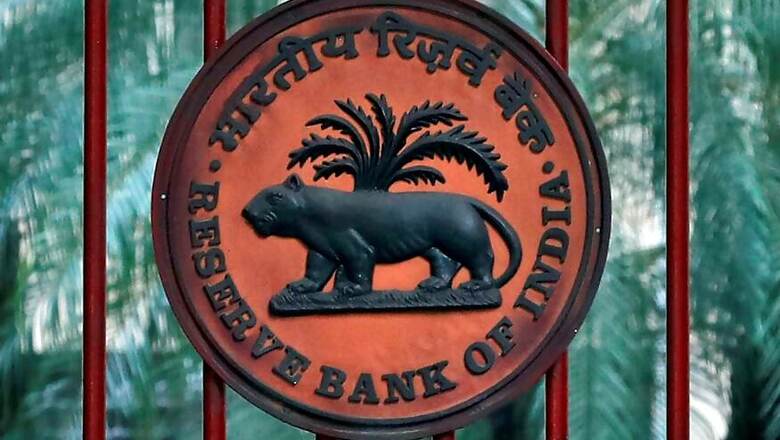
views
Mumbai: Early recognition and resolution of stressed assets have helped banks contain their gross non-performing loans ratio at 9.1 percent in FY19 down from 11.2 percent a year before, says the monetary authority.
Fresh slippages have also come down and as a result, the system-level provision coverage ratio has jumped to 60.9 percent during the period.
"Steadfastly pursued recognition, repair and resolution resulted in the gross NPA ratio declining to 9.1 percent in FY19 from 11.2 percent in FY18," RBI said in the annual report for 2019 released Thursday.
The report said after the initial teething difficulties, the insolvency and bankruptcy code is proving to be a game-changer.
"Recoveries have gradually improved and as a result, deadlock in the potential path of the investment cycle are easing," it added. Capital buffers have been strengthened by
recapitalisation to the tune of Rs 2.7 lakh crore, including the budgetary allocations for FY20 and the abatement of stress has rekindled bank credit inflows, which are getting broad-based, it said.
The report notes that the new NPA recognition and resolution norms issed in June 2019 provide incentives for early resolution, with discretion to lenders on the processes.
"The objective is to ring-fence future build-ups of NPAs and protect the banking sector," the report said, adding the large exposure framework was revised to capture exposures and concentration risks more accurately and to align the framework with the international best practices.
The minimum leverage ratio has been revised for the systemically important banks and other financial entities for greater harmonisation with Basel III standards, it said.




















Comments
0 comment